How To Grow A Lush Red Barberry Bush In Days
Title: How to Grow a Lush Red Barberry Bush in 30 Days
Introduction:
Barberry bushes are a popular choice for landscaping because they are hardy, easy to care for, and provide beautiful red berries in the fall. If you are looking to add a splash of color to your yard, a red barberry bush is a great option.
In this blog post, I will walk you through the steps on how to grow a lush red barberry bush in 30 days. I will cover everything from choosing the right location to planting and caring for your bush. By following these simple steps, you can have a beautiful red barberry bush in no time.
Main Content:
Step 1: Choose the right location.
Barberry bushes prefer full sun to partial shade. They will tolerate some shade, but they will not flower as well in shady areas. The soil should be well-drained and loamy. If your soil is sandy or clayey, you may need to add some compost or sand to improve drainage.
Step 2: Prepare the soil.
Before planting your barberry bush, loosen the soil in the planting area to a depth of at least 12 inches. Add some compost or sand to the soil, if needed. Rake the soil smooth and remove any rocks or debris.
Step 3: Plant the bush.
Plant your barberry bush at the same depth it was growing in the pot. Water the bush thoroughly after planting.
Step 4: Water the bush regularly.
Barberry bushes need regular watering, especially during the first year after planting. Water your bush deeply once a week, or more often if the weather is hot and dry.
Step 5: Fertilize the bush in the spring.
Fertilize your barberry bush in the spring with a balanced fertilizer. Follow the directions on the fertilizer label.
Step 6: Prune the bush in the spring or fall.
Barberry bushes do not need a lot of pruning, but you may want to trim them in the spring or fall to keep them in shape. Remove any dead, diseased, or damaged branches. You can also thin out the bush to allow more sunlight and air to reach the interior branches.
Step 7: Protect the bush from deer and rabbits.
Barberry bushes are a favorite food of deer and rabbits. If you live in an area where these animals are a problem, you may need to protect your bush with a fence or netting.
Conclusion:
By following these simple steps, you can grow a lush red barberry bush in 30 days. With a little care and attention, your bush will provide beautiful flowers and berries for many years to come.
Red barberry (Berberis thunbergii) is a popular ornamental shrub that is known for its beautiful red foliage. It is a hardy plant that can tolerate a wide range of conditions, making it a good choice for many gardens. Red barberry is also relatively low-maintenance, requiring only occasional pruning.
If you are interested in learning more about red barberry, please visit Home Gardening. This website provides detailed information about the plant, including its care requirements, planting tips, and pest and disease control. You can also find photos and videos of red barberry in different settings.
FAQ of red barberry
- How much light does red barberry need?
Red barberry prefers full sun, but can also tolerate part shade. In full sun, it will produce the most vibrant foliage and flowers. In part shade, it will still grow and bloom, but the leaves may not be as dark and the flowers may not be as abundant.
- What kind of soil does red barberry need?
Red barberry prefers well-draining soil. It can tolerate a variety of soil types, but it will not do well in soggy or poorly drained soil. If your soil is not well-draining, you can improve it by adding sand or gravel.
- How much water does red barberry need?
Red barberry is drought tolerant once it is established. However, it is important to water it regularly during the first year after planting, especially during hot, dry weather. Once the plant is established, you can water it less often, but it is still important to water it deeply during dry periods.
- How do I prune red barberry?
Red barberry does not need a lot of pruning. However, you may want to prune it occasionally to keep it in shape and to remove any dead, diseased, or damaged branches. You can prune it in the spring or fall.
- Is red barberry invasive?
Some varieties of red barberry are invasive in some parts of the world. If you are unsure whether red barberry is invasive in your area, you can check with your local nursery or garden center.
- What are the benefits of growing red barberry?
Red barberry is a hardy and easy-to-grow shrub that offers a number of benefits. It is drought tolerant, so it is a good choice for gardens in hot, dry climates. It is also deer resistant, so it can be used as a barrier to keep deer out of your garden. Red barberry is also attractive, with its dark green foliage and bright red berries. It can be used as a hedge, a specimen plant, or in a mixed border.
Image of red barberry
- Fresh barberry with leaves isolated on a white background.

- Branch of ripe red barberry after a rain with drops of water.

- Fresh juicy organic barberry on branch with green leaves.

- Barberry with leaves isolated on a white background.

- Ripe barberries on branch with green leaves.
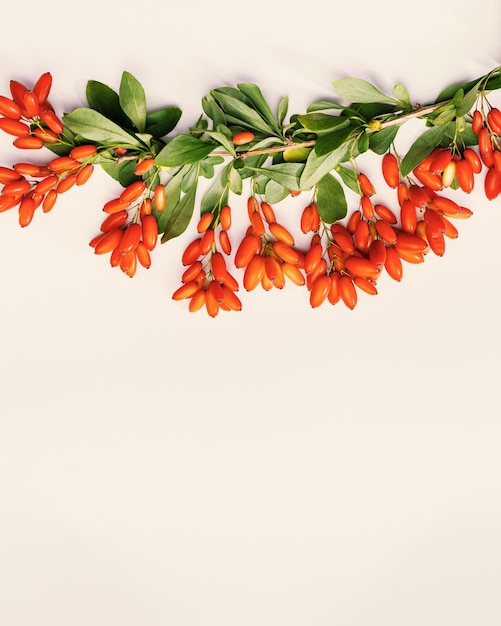
- Red barberry berries on the tree.
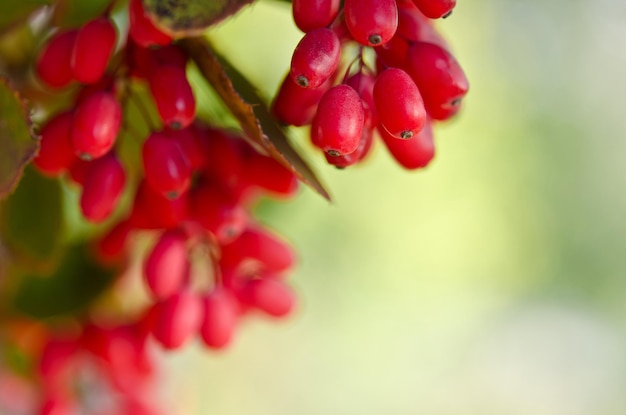
- ripe barberries in wooden bowl, on table, on yellow background.
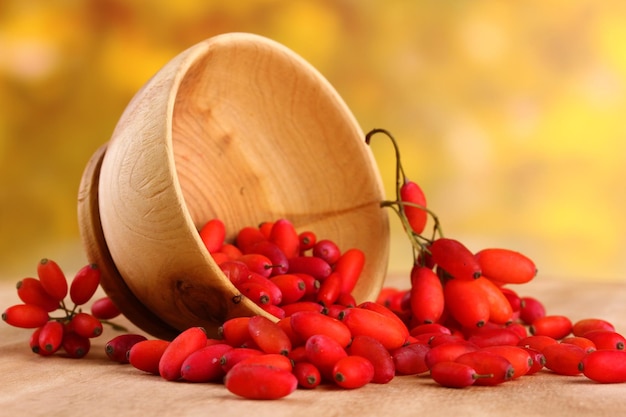
- Beautiful branch of barberry flowers with violet leaves closeup on blurred green floral background.
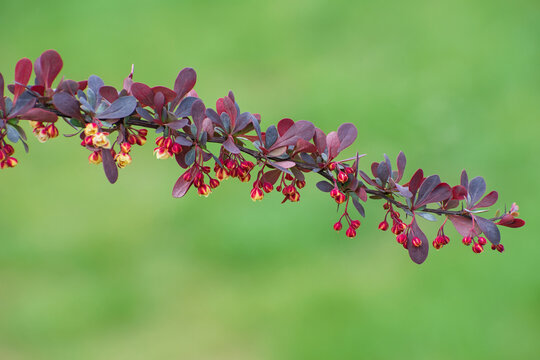
- Autumn landscape. Red berries of barberry on branch. Natural background. Autumnal colors.
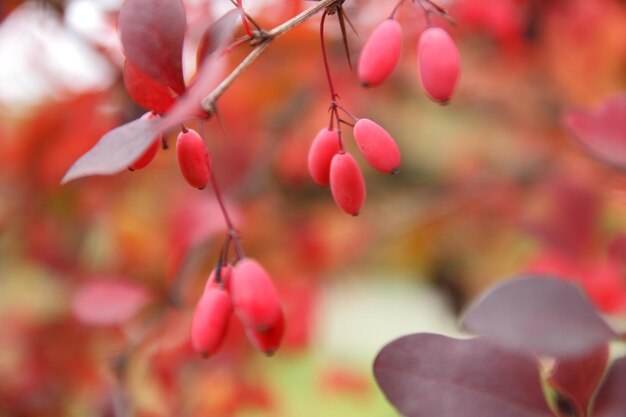
- Branch of barberry. Fruits and leaves of the ornamental japanese barberry (Berberis thunbergii).
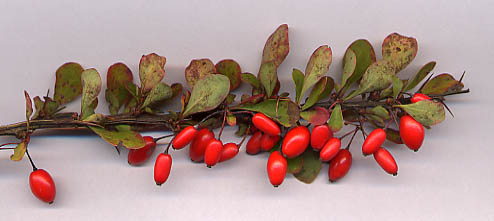
Post a Comment for "How To Grow A Lush Red Barberry Bush In Days"